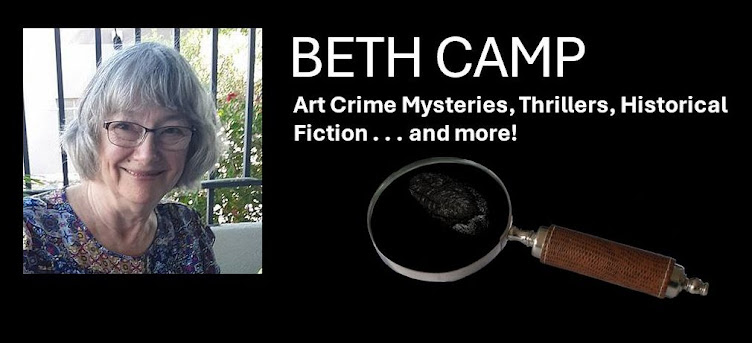At first light up over the bridge,
we drive into New Orleans today:
300,000 live here in a city
that once held 600,000.
We drive past houses older than Katrina
ever thought to be. Some lean into the night,
plywood over windows, abandoned.
People haven’t painted over those
cryptic signs from the storm that mark
who lived and who did not: 1 dead in attic.
For all the days and nights after,
for all of us who watched those rooftop rescues,
young and old, people and dogs, cars afloat,
lives tossed by water and wind, and then
no more waiting for help in whatever form it came.
Instead the people, damping down terror,
ask: Where were you when. . .
and when turned into long weeks of wondering
when to return.
Now the tourists come again to the French Quarter,
to wander by lovely Garden District mansions,
to stand in awe in front of old animosities
not quite rinsed away
by rising flood or wind or changing laws.
From 1803 and the Louisiana Purchase,
from the days of the Civil War and Reconstruction,
Creole, French, Spanish and American,
the people all lived segregated in their own worlds,
a closely guarded history of slavery that Southern manners
don’t mention, yet some slaves so long ago
escaped the plantations
and left all that is not talked about when we think of slavery.
They escaped, some of them, and were taken in by Indians,
sheltered deep in the swamp.
Today, New Orleans reminds us
on a Sunday each March of that long-ago generosity
with secret clubs, elaborate costumes,
neighborhood parades, and food everywhere:
the smell filling the air of boiling crawfish,
barbequed pork chops, ribs, chicken and sausage,
any way you like it, hot or hotter,
and straight up marching band music that has us all
dancing in the streets.
Today’s Indians pass, their headdresses and
their feathers a breath of each generation,
ephemeral as our life
or a wind from the sea.
And Mardi Gras blossoms
with parades in every neighborhood,
though the government said
we’ll cut your funding if you dance in the streets.
New Orleans danced, wearing feathered masks and
throwing beads from decorated floats.
We danced, we kissed, we sang in the streets,
and so New Orleans sings today
as if there never were a Katrina.
Today, the people say, “We’re coming back” or “Come home.”
They say “Come visit” and we do,
to look again at rows of oaks twining over wide esplanades,
to sit at Café du Monde and drink café aux lait,
nibbling on beignets and listening to street musicians.
The spirit is here, blues sung out from the bones of such days,
deep sorrow still and such exuberance.
I wash my heart in this music after the storm,
walking down Frenchmen Street, past
the Spotted Cat jazz club where anyone can sit and
drink in a saxophone’s cry.
My heart, my heart remembers you still.

This is a really lovely poem. You have a lot of great lines, like the houses leaning into the night, and washing your heart out in the music.
ReplyDelete(I met my husband in New Orleans, so I have a lot of affection for the city.)
We saw it on the news, which made the situation look pretty hopeless. It's good to read in your poem that the people are going back. You seem to have a real feel for history and the past. I love new Orleans jazz.
ReplyDelete